Industrial Sewage Treatment Plant
Industrial Sewage Treatment Plant Specification
- Feature
- High Performance
- Warranty
- 01 Year
- Usage & Applications
- Many Industries
- Flow Rate
- Upto 50 M3/day
- Technology
- MBBR /MBR /SBR
- Frequency
- 50 Hertz (HZ)
- Voltage
- 330 Volt (v)
- Power Source
- Electric
- Automatic Grade
- Full Automatic
- Material
- MS
- Water Source
- Other
- Volume
- 50 Cubic Meter (m3)
- Drive Type
- Electric
- Capacity
- 29 Kiloliter/day
- Installation Type
- Prefabricated
Industrial Sewage Treatment Plant Trade Information
- Minimum Order Quantity
- 1 Unit
- Supply Ability
- 100 Units Per Month
- Delivery Time
- 10 Days
- Main Domestic Market
- Gujarat
About Industrial Sewage Treatment Plant
Industrial Sewage Treatment Plants (STP)
An IndustrialSewage Treatment Plant (STP) Is a Facility Designed To Treat Wastewater (Sewage) from Homes, Industries and Businesses to Remove Contaminants, making the Water Safe to Discharge into the Environment Or Reuse. The Treatment Process Involves Various Stages Of Physical, Biological and Chemical Treatment to Eleminate Solids, Organic material and Harmful Microorganisms from the Sewage Water.
Sewage Treatment Plants (STP) Manufacturer
Sewage Treatment Plants Also Called In Several Names Depending On The Specific Process Or Application, Including: Industrial Sewage Treatment Plant Wastewater Treatment Plant (WWTP) Activated Sludge Plant (ASP) Sequencing Batch Reactor (SBR) Industrial Effluent Treatment Plant (IETP) Membrane Bioreactor (MBR) Primary Treatment Plant Tertiary Treatment Plant Municipal Wastewater Treatment Plant Centralized Sewage Treatment Plant
We Are Manufacturers & Suppliers In Ahmedabad, Gandhinagar, Gujarat, India, Sanand GIDC, Mehsana, Vitthalapur, Mandal Bechraji Special Investment Region(MBSIR), Halol GIDC, Bavla Kerala GIDC, Dahej SIR & PCPIR(Petroleum, Chemicals and Petrochemicals Investment Region), Dholera SIR, GIDC Industrial Area(Gujarat Industrial Development Corporation), MIDC Industrial Area(Maharashtra Industrial Development Corporation), MPIDC Industrial Area(Madhya Pradesh Industrial Development Corporation), RIICO Industrial Area(Rajasthan State Industrial Development & Investment Corporation), PSIDC(Punjab State Industrial Development Corporation), SEZs Area(Special Economic Zones), SEEZ Area(Solar Energy Enterprises Zone) In Rajasthan, Peenya Industrial Area In Bengaluru(Bengalore, Karnataka) etc..
Capacities: The Amount Of Wastewater It Can Treat Per Day(5 KLD to 500 KLD)(1 MLD-50 MLD)
10 KLD/ 15 KLD/ 20 KLD/ 25 KLD/ 30 KLD/ 40 KLD/ 50 KLD/ 65 KLD/ 75 KLD/ 80 KLD/ 100 KLD/ 150 KLD/ 175 KLD/ 200 KLD/ 250 KLD/ 300 KLD/ 350 KLD/ 400 KLD/ 450 KLD
Small Scale: Residential Complexes Or Small Communities Might Use STPs With Capacities Ranging From 5 KLD to 50 KLD.
Medium Scale: Larger Residential Areas Or Small Industrial Facilities Could Utilize STPs With Capacities Between 50 KLD to 500 KLD.
Large Scale: For Large Industrial Complexes, STPs With Capacities Exceeding 500 KLD Might Be Required.
Stages Of Sewage Treatment Plants:
Preliminary Treatment Screening, Grit Removal
Primary Treatment- Sedimentation
Secondary Treatment Aeration, Activated Sludge Process, Secondary Calrification
Tertiary Treatment (Advanced Treatment) Filtration, Disinfection, Chemical Treatment
Sludge Treatment- The Sludge That Is removed At Various Stages (Primary and Secondary Clarifiers) Must Undergo Further Treatment.
Technologies Used:
Sequencing Batch Reactors (SBR)- This System Treats Wastewater In Batched Rather Than Continuously. The SBR Process Is Similar to Activated Sludge Treatment but Operates in a Fill-and-draw Mode. Where Wastewater is Processed in a Sequence of Phases, Including Aeration, Settling and Decanting.
Membrane Bioreactors (MBR)- A More Advanced System Combining Biological Treatment With Membrane Filtration. The Wastewater Is Treated Biologically and Filtration membrane Separates Solids from the Water. MBR Systems Are Effective in Producing High-Quality Effluent But Are More Expensive Than Traditional Methods.
Moving Bed Biofilm Reactors (MBBR)- This Method Uses Biofilm Carriers In Aeration Tanks to Support Microbial Growth. The Carriers Move Through the Tank and Bacteria Break Down Organic Pollutants as Water Flows Over Them. MBBR Is More Compact and Efficient than Traditional Activated Sludge Systems.
Application Of Sewage Treatment Plants In Different Industries:
Sewage Treatment Plants Are Used Across a Wide Range Of Industries, Including Used Oil, Mining, Hospitals, Dairy & Beverages, Petrochemical Industry and Others Are
Chemical Manufacturing: Treating Wastewater from Chemical Production Processes, Including cleaning Agents, Dyes and Reaction By Products.
Textile Industry: Removing Dyes, Chemicals and Fibers from Textile Wastewater.
Food Processing: Treating Wastewater from Food Processing Operations, including Fats, Oils and organic Matter.
Metal Finishing: Removing Heavy Metals and Acids from Metal Plating and Cleaning Processes.
Pharmaceutical Manufacturing & Healthcare: Treating Wastewater Containing Pharmaceutical Residues and Chemicals
Power Plants: Managing Wastewater from Cooling Towers and boiler Blow down.
Paper and Pulp Industry: To Manage High volumes Of Wastewater Generated During Paper Production.
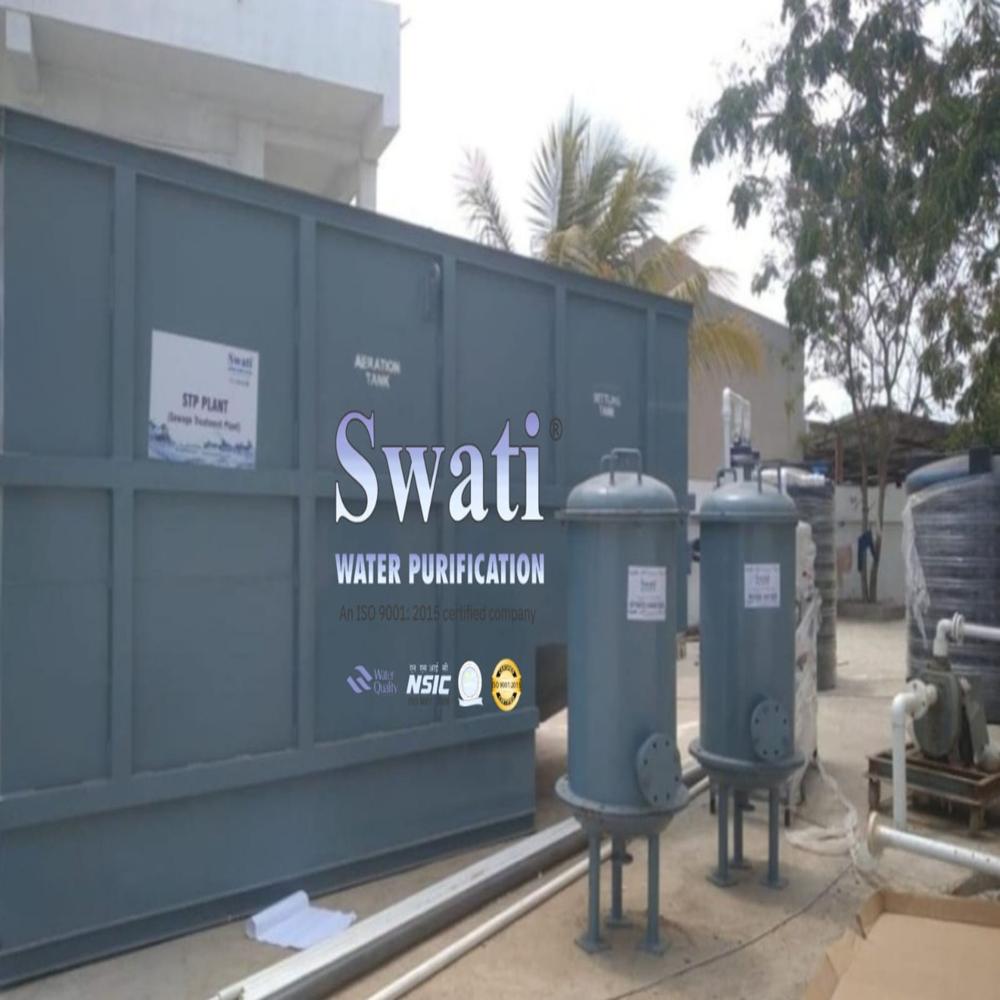
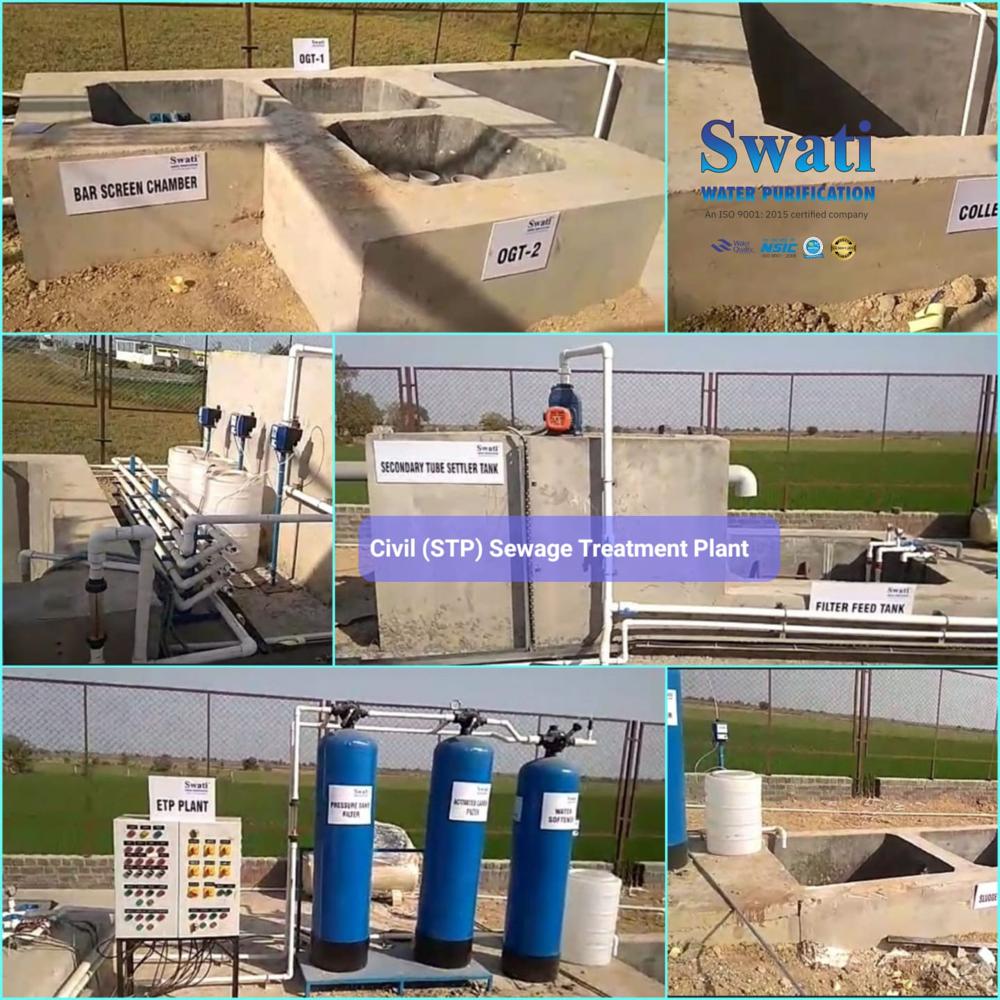
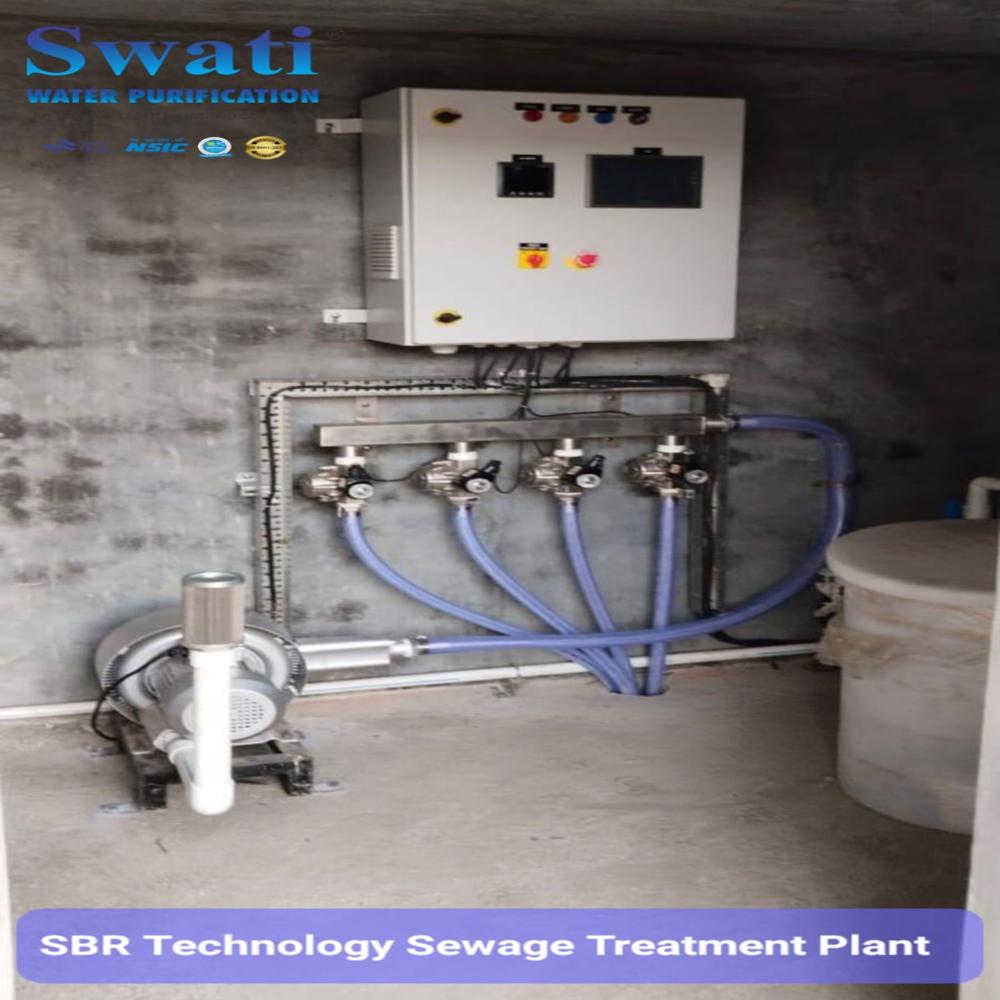
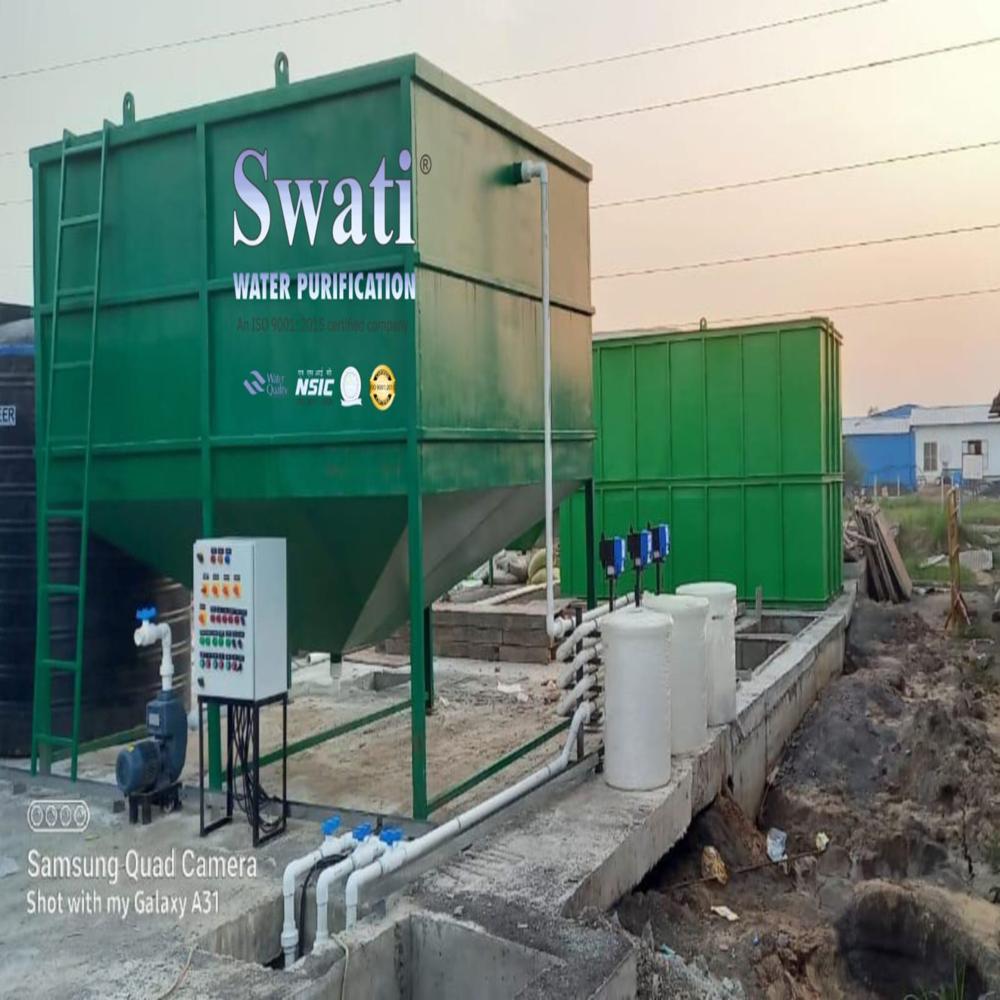
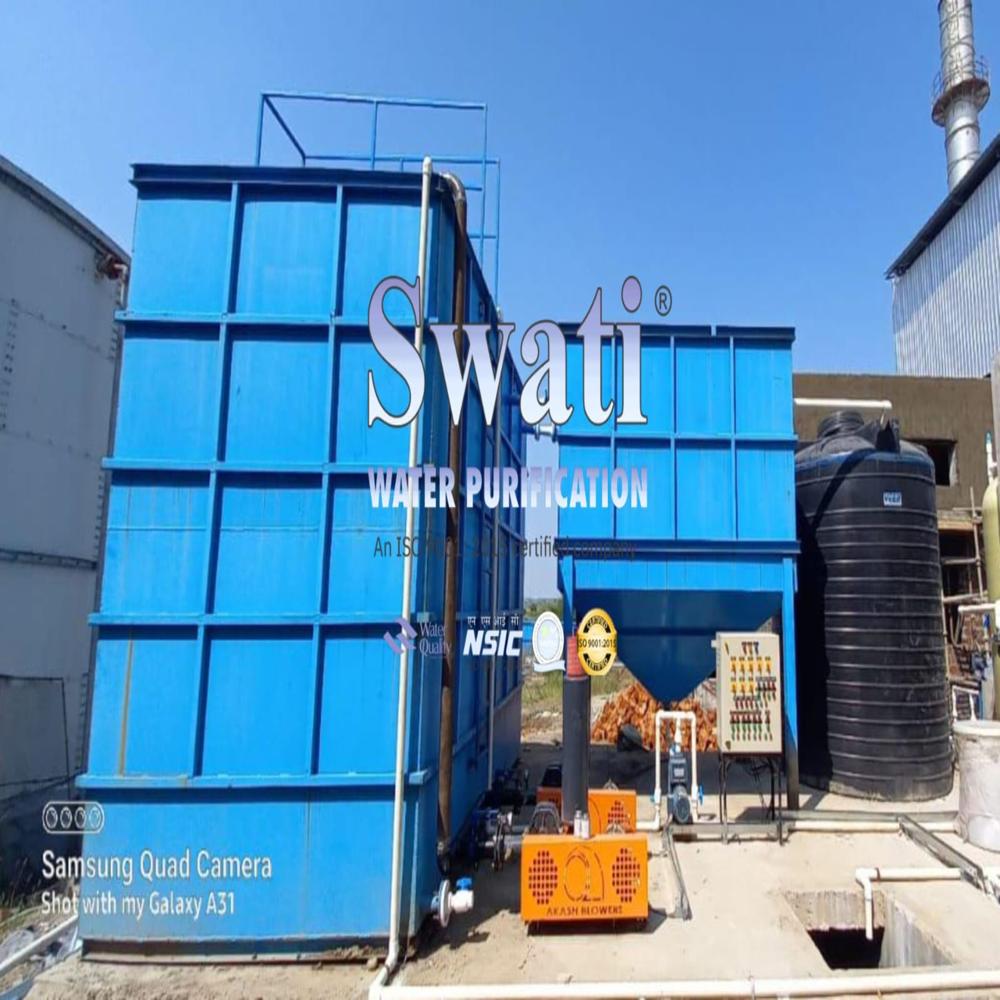
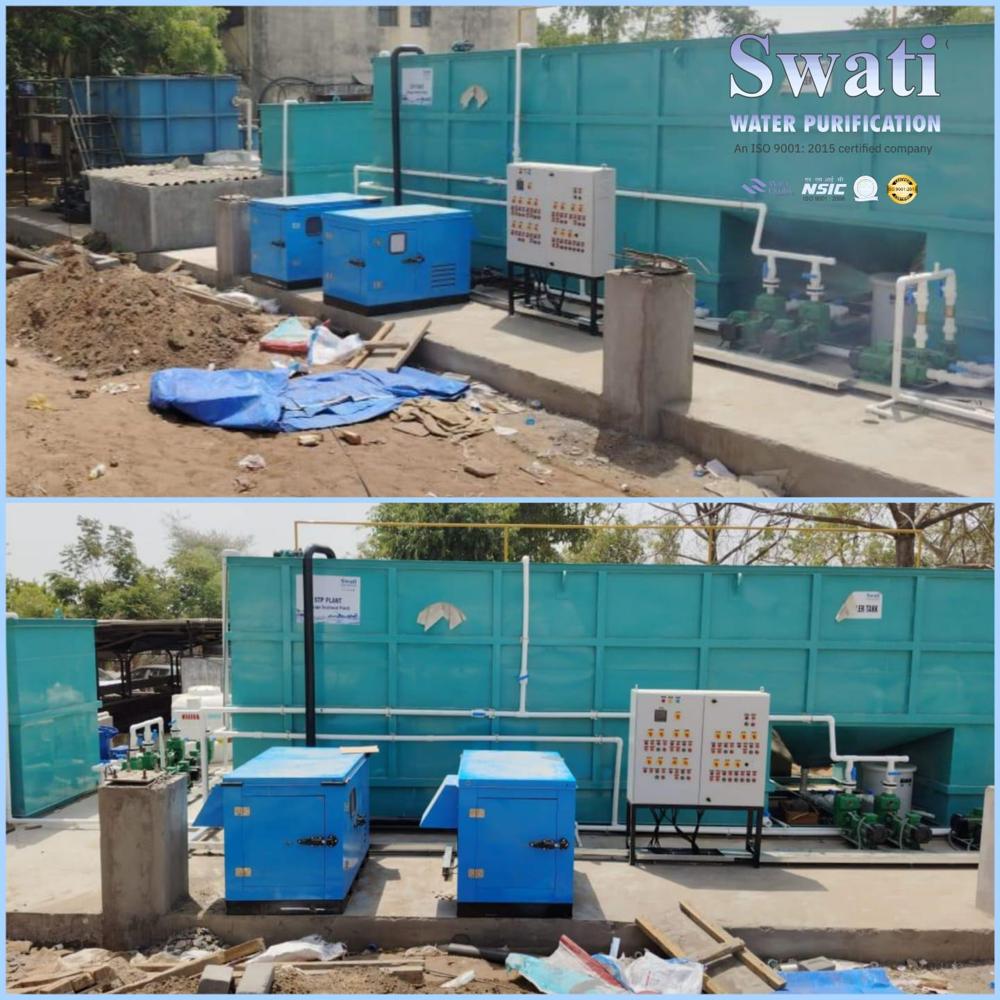

Price:
- 50
- 100
- 200
- 250
- 500
- 1000+



 Send Inquiry
Send Inquiry Call Me Free
Call Me Free